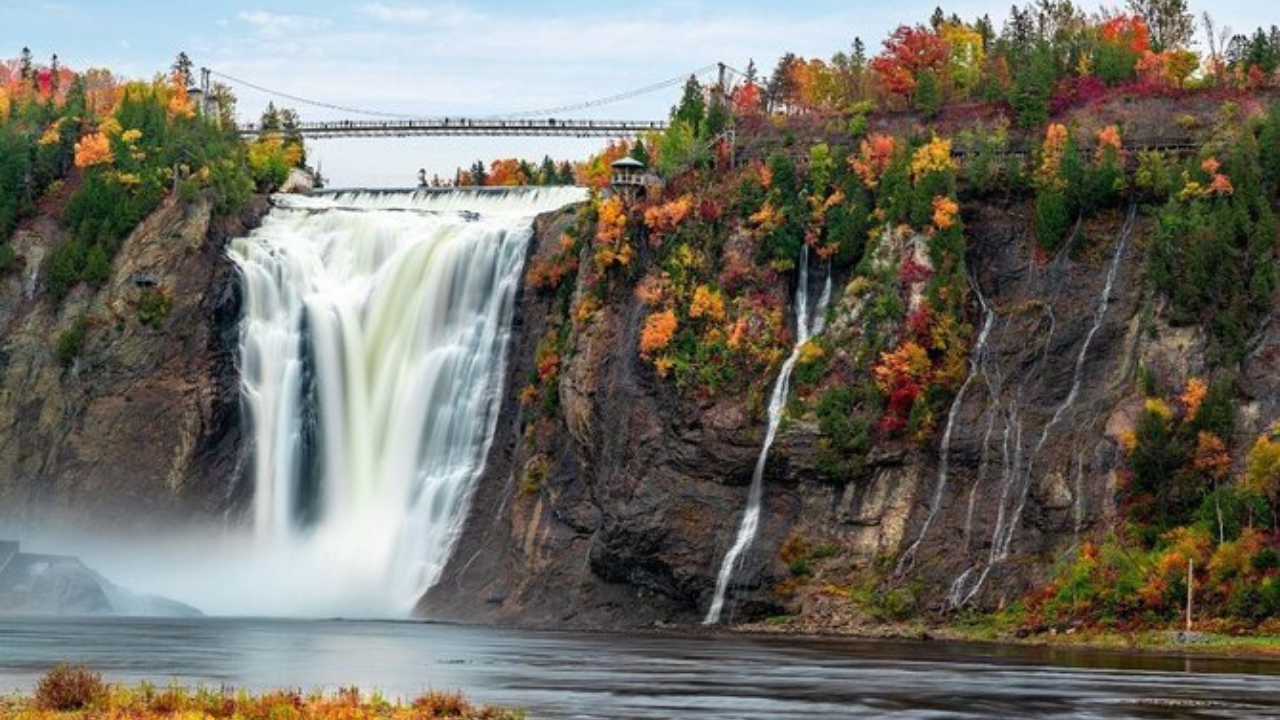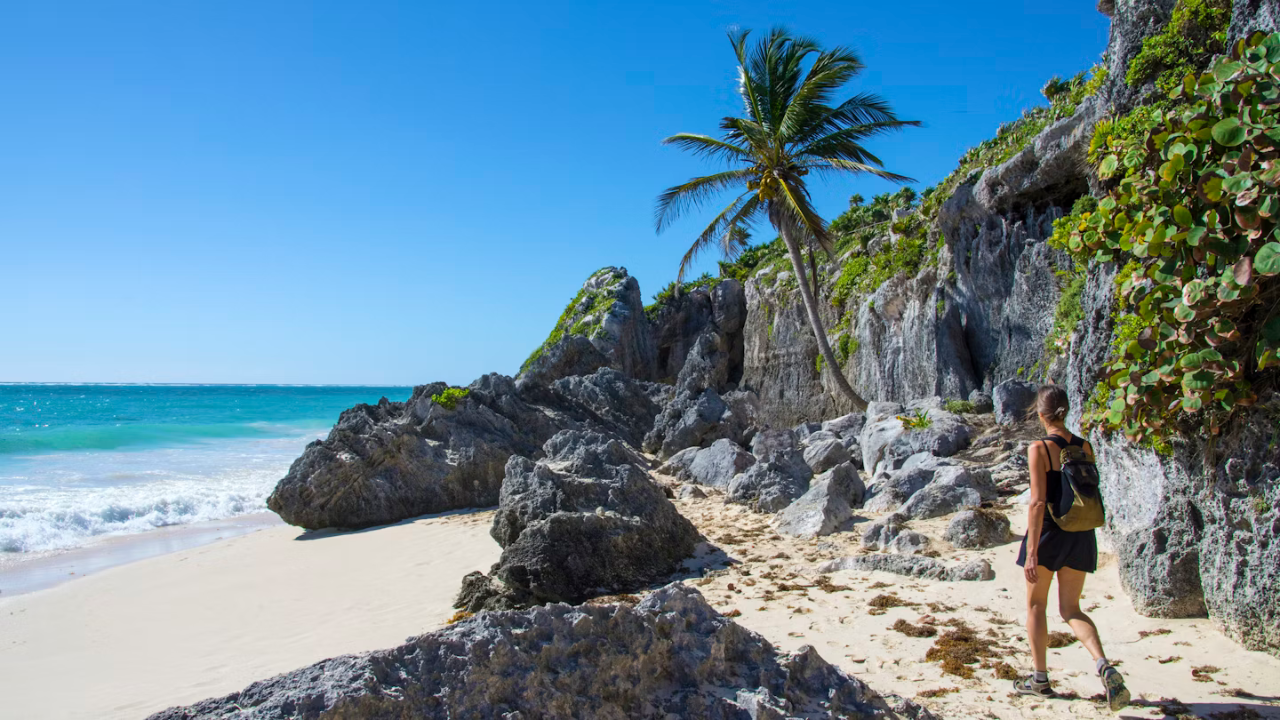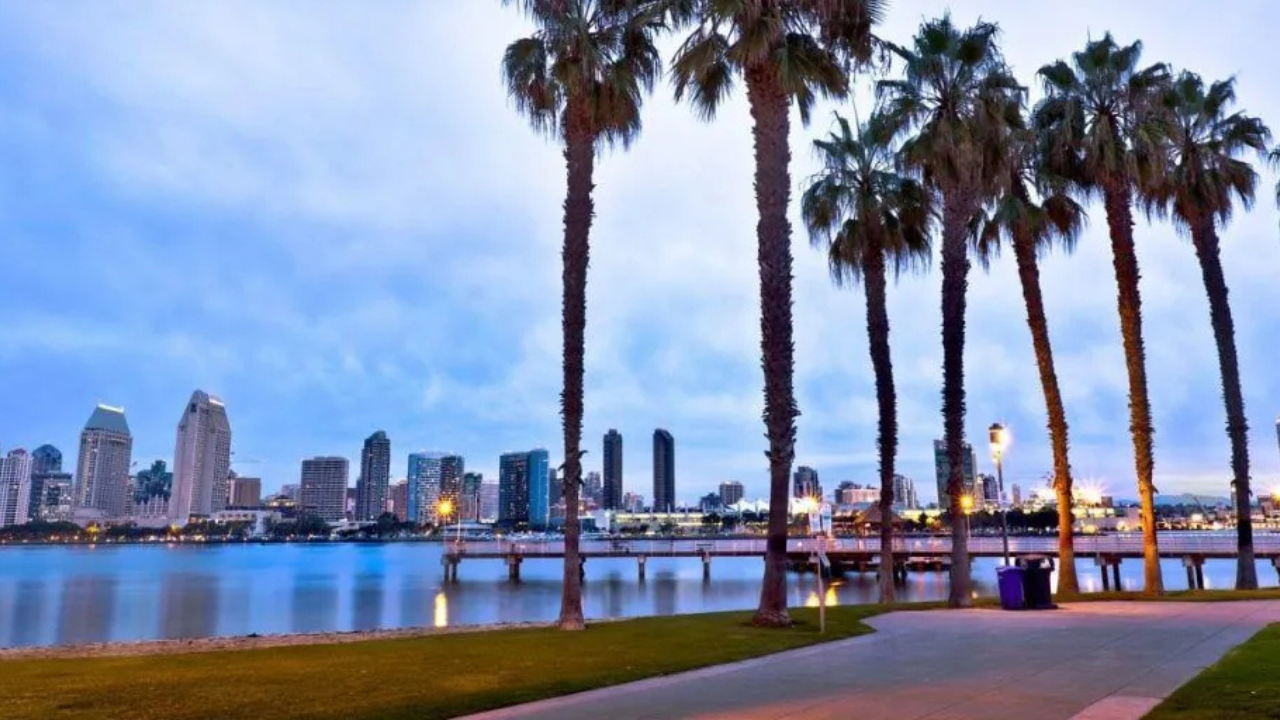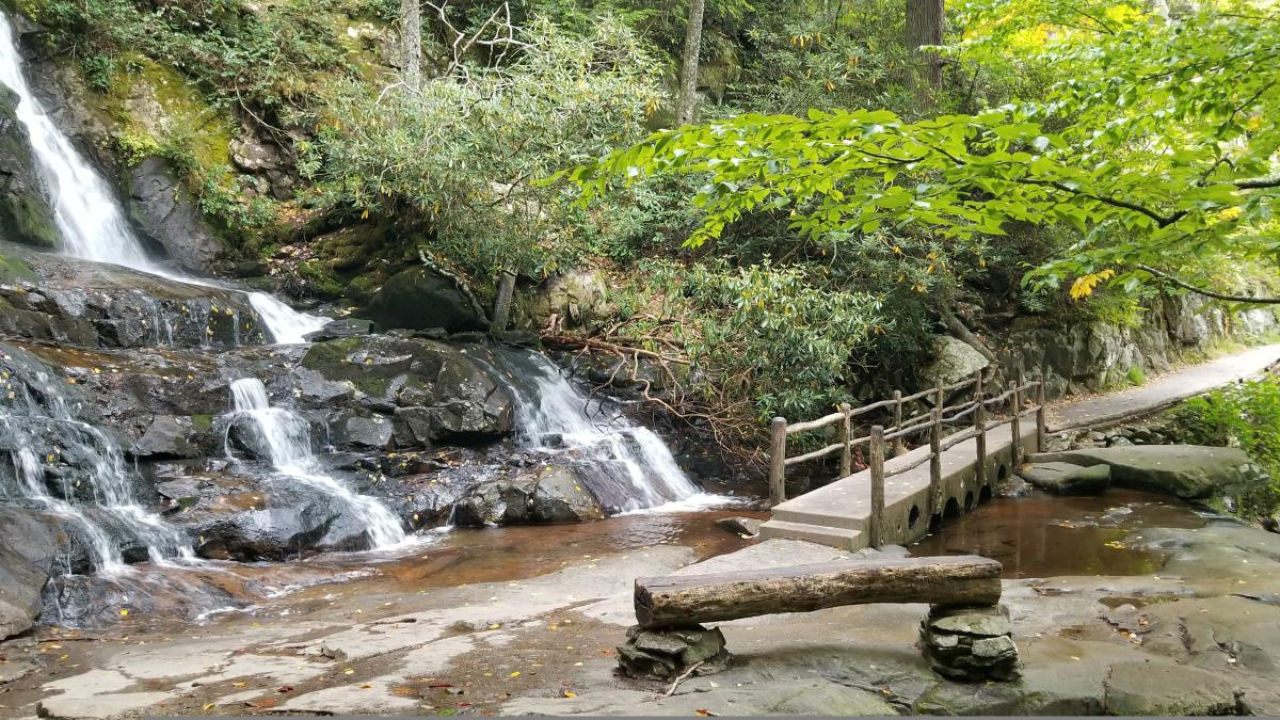The Inca Trail to Machu Picchu is more than a hike—it’s a bucket-list pilgrimage through Peru’s Andes, tracing ancient stone paths to one of the world’s most breathtaking archaeological wonders. This 26-mile (42-kilometer) trek, winding through cloud forests, alpine tundra, and Incan ruins, culminates at the Sun Gate, where Machu Picchu reveals itself in dawn’s golden light. But here’s the catch: as of March 29, 2025, only 500 permits are issued daily by the Peruvian government, including porters and guides, meaning just 200-250 spots are available for hikers. With demand soaring—over 75,000 trekkers annually—these permits vanish fast, especially for the peak season of May to September. Don’t let this iconic adventure slip away! In this comprehensive guide, we share nine essential tips to secure your Inca Trail permit and conquer the trek, woven through five key categories—Blog, Booking System, Customizable Widgets, Tour Packages, and Travel Companies—to ensure your journey is as seamless as it is unforgettable.
Blog: Documenting Your Inca Trail Quest
Travel blogs thrive on vivid storytelling, and the Inca Trail offers a saga worth sharing—rugged trails, sacred ruins, and the thrill of snagging a coveted permit. These tips kickstart your narrative.
Tip 1: Book Early—Permits Sell Out Months Ahead
The Inca Trail’s permit system is strict—once 500 daily slots are gone, they’re gone. For high season (May-September), permits often sell out six to eight months in advance. Bloggers can weave a tale of urgency: picture yourself refreshing Peru’s official permit portal in November, heart racing as February slots dwindle, or celebrating when you lock in a July trek in January. The dry season’s clear skies and vibrant landscapes make it prime time, but even shoulder months (April, October) require four-month leads. Start your blog with this reality—permits are your golden ticket, and procrastination is the enemy.
Blogging the Prep
Share your countdown—how you marked your calendar 180 days out, scoured booking sites, or enlisted a travel company to snag your spot. Readers love the drama of the chase, paired with practical advice: check availability via Peru’s Ministry of Culture site or trusted operators like Alpaca Expeditions.
Blog Tip
Post a “permit panic” story—your near-miss or triumphant booking—then link to a Booking System below. Inspire readers with Machu Picchu sunrise shots, captioned with your hard-won permit tale.
Booking System: Securing Your Spot with Ease
A reliable booking system is your lifeline to an Inca Trail permit, streamlining the process so you can focus on training, not stressing.
Tip 2: Use a Trusted Platform or Operator
Permits must be booked through licensed operators—no solo treks allowed—and platforms like TreXperience or Peru Travel make it painless. These systems integrate with Peru’s permit database, showing real-time availability for your preferred dates. Input your group size (max 8 per permit), passport details, and deposit (typically $200-$300), and you’re set. Booking systems often bundle permits with guides, porters, and gear—essentials since you can’t hike without them. For example, G Adventures offers a 7-day package ($1,500-$1,800) with instant permit confirmation.
Booking Made Simple
Avoid shady sites—stick to operators approved by Peru’s DIRCETUR (Regional Directorate of Foreign Trade and Tourism). Platforms like TourRadar let you compare prices and filter for “Inca Trail Classic” options, ensuring transparency. Need flexibility? Some systems hold tentative bookings for 48 hours while you finalize.
Booking Tip
Reserve by December 2025 for a May 2026 trek—slots drop fast post-New Year. Use a system with email alerts to snag cancellations if you miss the first wave.
Customizable Widgets: Tech Tools for Trek Prep
Customizable widgets—online tools offering real-time data—enhance your Inca Trail planning, keeping you informed and on track.
Tip 3: Monitor Weather and Altitude with Widgets
The Inca Trail spans 7,970 to 13,828 feet (2,430-4,215 meters), with spring (March-May) and fall (September-November) offering mild days (60-70°F/15-21°C) and cool nights. A weather widget from Weather Underground, tailored to Cusco or Ollantaytambo, tracks rain risks—March can be wet, May drier. Pair it with an altitude widget to prep for Dead Woman’s Pass (13,828 feet), where thin air tests even fit hikers. These tools, embeddable on your phone or blog, ensure you pack right—rain ponchos for April, fleece for nights.
Widget Wins
- Trail Map Widgets: Apps like AllTrails offer downloadable Inca Trail maps—customize for waypoints like Wiñay Wayna.
- Permit Countdown: Set a widget to alert you 180 days before your trek date, syncing with permit release cycles.
Widget Tip
Use a tide-like “elevation tracker” to visualize the climb—Day 2’s 3,900-foot ascent is brutal. Share your widget setup in a blog post for tech-savvy readers.
Tour Packages: Curated Convenience for Couples or Soloists
Tour packages bundle permits, logistics, and expertise, making the Inca Trail accessible whether you’re a duo or flying solo.
Tip 4: Choose the Right Package for Your Pace
Packages vary—4-day Classic (most popular, $600-$900), 2-day Short ($400-$600), or 5-day Salkantay-Inca Combo ($700-$1,000). For couples, Intrepid Travel’s 4-day trek includes private tents and gourmet meals—think quinoa-stuffed trout—perfect for a romantic challenge. Soloists thrive on group tours from Exodus Travels, capping at 16 hikers for camaraderie without chaos. All include permits, porters (carrying up to 25 kg), and guides fluent in Quechua history—vital since ruins like Phuyupatamarca lack signage.
Package Perks
- Training Tips: Many operators send prep guides—hike 5-8 miles with a pack weeks before.
- Extras: Add a Machu Picchu sunrise tour or Huayna Picchu climb ($15-$30 extra).
Tour Tip
Book a 4-day Classic by January for a May slot—packages sell out faster than permits alone. Check cancellation policies; some refund 50% up to 30 days out.
Travel Companies: Expert Allies for the Trail
Travel companies with Inca Trail expertise turn a daunting trek into a triumph, offering permits, insights, and support.
Tip 5: Partner with a Reputable Operator
Top companies like Alpaca Expeditions, Llama Path, or Peru Treks secure permits early, leveraging local ties. They handle logistics—train tickets from Ollantaytambo, campsite permits, even oxygen for altitude woes. Alpaca’s “Red Army” porters, known for their red jackets, carry gear and set up camp, leaving you free to marvel at Llactapata’s terraces. Reviews on TourRadar or TripAdvisor (4.8-5 stars) confirm their reliability—Llama Path’s sustainable practices, like fair porter wages, add ethical appeal.
Tip 6: Train Like You Mean It
Travel companies stress fitness—Dead Woman’s Pass isn’t forgiving. Start three months out: hike 5-10 miles weekly with a 20-pound pack, climb stairs, and do lunges. Operators like G Adventures offer fitness guides—aim for 3-4 hours of cardio weekly. Altitude training? If you’re near mountains, mimic the 10,000-foot campsites; if not, treadmill inclines work.
Company Edge
- Pre-Trip Briefings: In Cusco, firms like TreXperience host talks on trail etiquette and history—don’t miss them.
- Emergency Plans: Guides carry satellite phones and first-aid kits—reassurance at 13,000 feet.
Travel Tip
Email operators by October 2025 for May 2026 availability—early birds get priority. Ask about porter tipping ($20-$30 suggested).
More Tips to Master the Inca Trail
These final tips round out your prep, ensuring you’re trail-ready and permit-secure.
Tip 7: Acclimatize in Cusco First
Cusco (11,152 feet/3,399 meters) is your gateway—arrive 2-3 days early to adjust. Tour packages often include this, with day trips to Sacsayhuamán or Pisac (both ~11,500 feet). Sip coca tea, hydrate (3-4 liters daily), and avoid heavy meals—altitude sickness hits hard otherwise. Bloggers can share this acclimatization diary: “Day 1: headache, coca tea; Day 2: hiking Pisac, feeling alive.”
Tip 8: Pack Smart, Travel Light
Porters carry most gear, but your daypack (5-7 kg max) needs essentials: water (2 liters), snacks (nuts, dried fruit), rain gear, layers (fleece, windbreaker), and a headlamp for pre-dawn Day 4. Widgets like packing list apps (PackPoint) customize for Peru’s fickle weather—rain in April, frost in July. Travel companies provide sleeping bags and pads (rent for $20-$30), so skip those.
Tip 9: Respect the Trail and Its People
The Inca Trail is sacred—stick to paths, pack out trash, and tip porters generously (they earn $50-$70 per trip). Operators enforce “Leave No Trace”—bloggers can spotlight this ethos, sharing a porter’s smile or a pristine campsite. Permits fund preservation; your trek supports local communities.
Why Permits Matter Now
The Inca Trail’s 500-per-day cap, enforced since 2001, protects its fragile ecosystem and Incan relics—overuse once threatened collapse. As of 2025, tourism’s post-pandemic boom (up 20% from 2019, per Peru’s tourism board) means permits vanish faster than ever. Miss May-September? October’s lush greenery or April’s wildflowers still dazzle, but act by December 2025—slots shrink monthly.
Practical Prep for Your Inca Trail Adventure
- Getting There: Fly into Lima (LIM), then Cusco (CUZ, $50-$150 round-trip). Book via Booking Systems like Expedia—bundle with hotels for deals.
- Timing: May-July is driest; March-April and September-October balance weather and crowds.
- Budget: $600-$1,000 for 4-day packages; add $200-$300 for flights, Cusco stays.
- Gear: Break in hiking boots—blisters at 12,000 feet are brutal. Pack a poncho—rain’s unpredictable.
Enhancing Your Trek with Tech and Partners
- Blog: Post permit-booking screenshots—readers love proof of the hustle.
- Booking System: Use Peru Treks’ portal—real-time slots, secure payments.
- Widgets: Sync a fitness tracker (e.g., Fitbit) to log 26 miles—bragging rights!
- Tour Packages: Alpaca’s “Premium” ($900) adds cushy tents—worth it for couples.
- Travel Companies: Llama Path’s WhatsApp support answers last-minute queries.
Final Thoughts: Secure Your Inca Trail Legacy
The Inca Trail to Machu Picchu isn’t just a hike—it’s a rite of passage, blending physical grit with spiritual awe. As of March 29, 2025, its permits are a fleeting prize, snatched up by those who plan ahead. These nine tips—book early, use a booking system, leverage widgets, pick a package, partner with pros, train hard, acclimatize, pack light, and respect the trail—ensure you’re among the lucky 200 daily trekkers. Whether you’re blogging your triumph, customizing your prep, or reveling in Machu Picchu’s misty dawn, this iconic hike awaits. Get your permit while you still can—your Andean adventure starts now!










